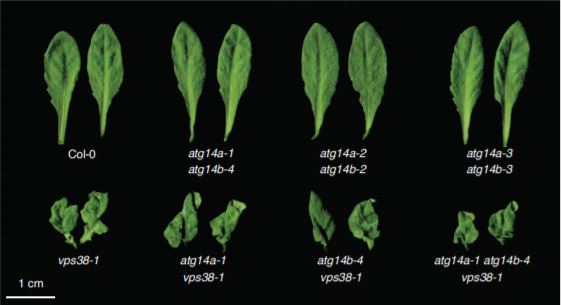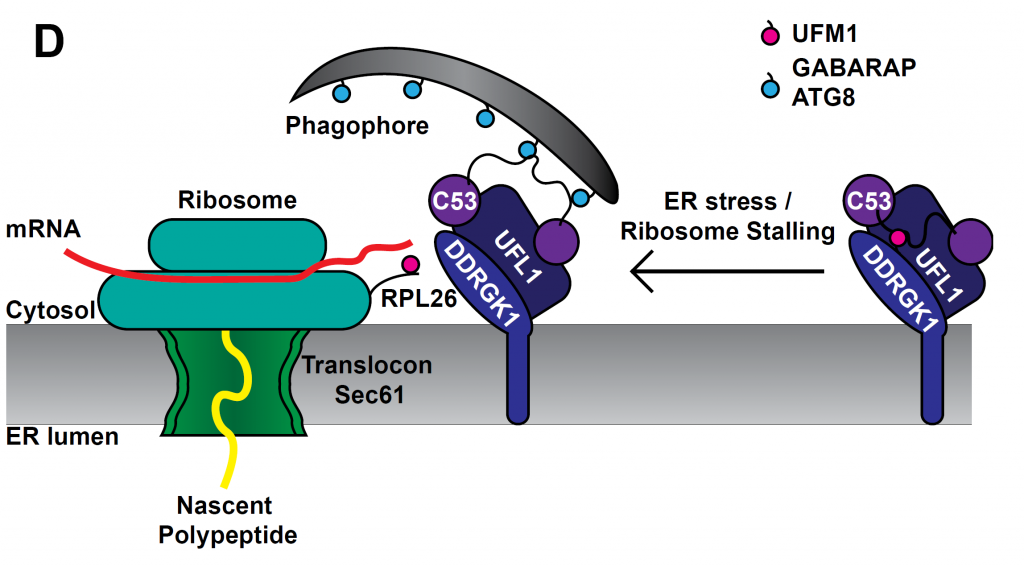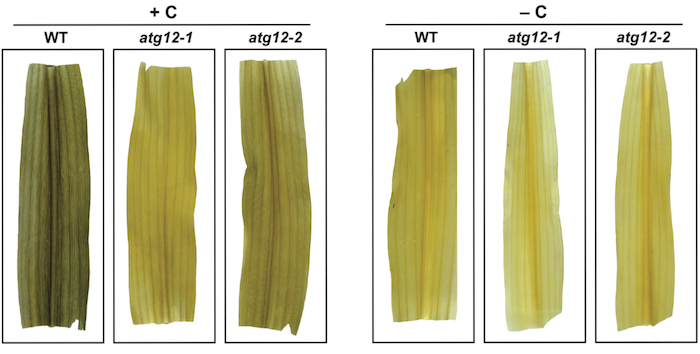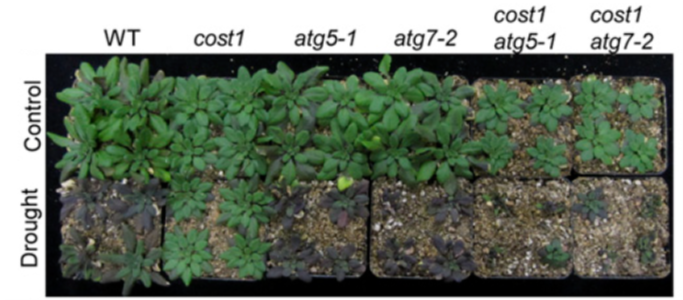
How to Eat One’s Feelings: Autophagy and Phosphatidylinositol 3-Phosphate
Blog, Research, The Plant Cell, The Plant Cell: In BriefMoving around taught me two essential skills, only one being relevant here: how to put up wallpaper, and how critical it is to label boxes to help the moving company drop them at their intended location. Now think of a cell: the boxes are vesicles, their contents are proteins and metabolites, and the…

Plantae Presents Panel: Evo-devo as a discovery tool
Blog, Plantae Presents, Research SkillsPlantae Presents - Evo-devo. What can we learn from comparative studies?
Recorded Wednesday, October 28 - 10 am EDT
We're pleased to announce the second in our series of webinars that are drawn from contributed short videos, followed by a panel discussion. This week we'll look at the topic of…

Plant autophagy labs
Blog
Laboratories and their social channels
1. Yasin Dagdas, @PlantoPhagy
Autophagy mediated cellular quality control mechanisms in plants
https://www.oeaw.ac.at/gmi/research/research-groups/yasin-dagdas/
2. Diane Bassham, @BasshamLab, https://www.facebook.com/basshamlab/
Study of…

A cross-kingdom conserved ER-phagy receptor maintains ER homeostasis during stress (eLIFE)
Plant Science Research WeeklyQuality control of the protein folding mechanism in the endoplasmic reticulum (ER), which selectively eliminates or recycles unwanted cytoplasmic components, is recognized by specific autophagy receptors. Selective removal of certain ER domains by the autophagy pathway (termed as ER-phagy) is controlled…

An interactome of plant autophagy proteins and pathogen effectors (Cell Host Microbe) ($)
Plant Science Research WeeklyAutophagy is a regulated process whereby select cytoplasmic components are degraded. It is involved in a variety of biological processes, including defense against pathogens. As such, plant pathogens have evolved mechanisms to target host autophagy machinery to gain virulence. However, we still lack…

Feasting While Fasting: How Autophagy Helps Maize Survive Carbon Starvation
Blog, Research, The Plant Cell, The Plant Cell: In BriefMost macro-molecular components of plant cells (e.g., proteins, lipids, and even entire organelles) are subject to an ongoing process of recycling to both rejuvenate aging structures and optimize the allocation of cellular nutrients. A major recycling route is autophagy, which occurs under normal conditions…

The Multifaceted Roles of Autophagy in Fixed-carbon Starvation
Blog, Research, The Plant Cell, The Plant Cell: In a NutshellMcLoughlin et al. uncover the critical roles of autophagy in recycling amino acids and nitrogen-rich nucleotides, adjusting respiratory substrates, and the retention of assimilated nitrogen in maize during fixed-carbon starvation. The Plant Cell (2020) https://doi.org/10.1105/tpc.20.00226
Background:…

Autophagy info-graphics in BioRender's Graphical Abstract Contest
Blog0 Comments
/
Exciting depiction of autophagy process
Molecular dissection of Autophagy pathway- Akshaya Nambiar
https://app.biorender.com/cont...
Membrane Contact Sites – Social networking by organelles- Rajendra Angara
https://app.biorender.com/cont...
ER Quality Control : Make it or Break it- Amey…

A plant-specific protein, COST1, mediates autophagy to promote drought tolerance (PNAS)
Plant Science Research WeeklyMuch remains to be learned about the sensing and signaling mechanisms controlling growth in response to drought. To dissect how plants control drought via autophagy, Bao et al. found a plant-specific protein, COST1 (CONSTITUTIVELY STRESSED 1) containing a DUF641 (domain of unknown function 641) domain,…

